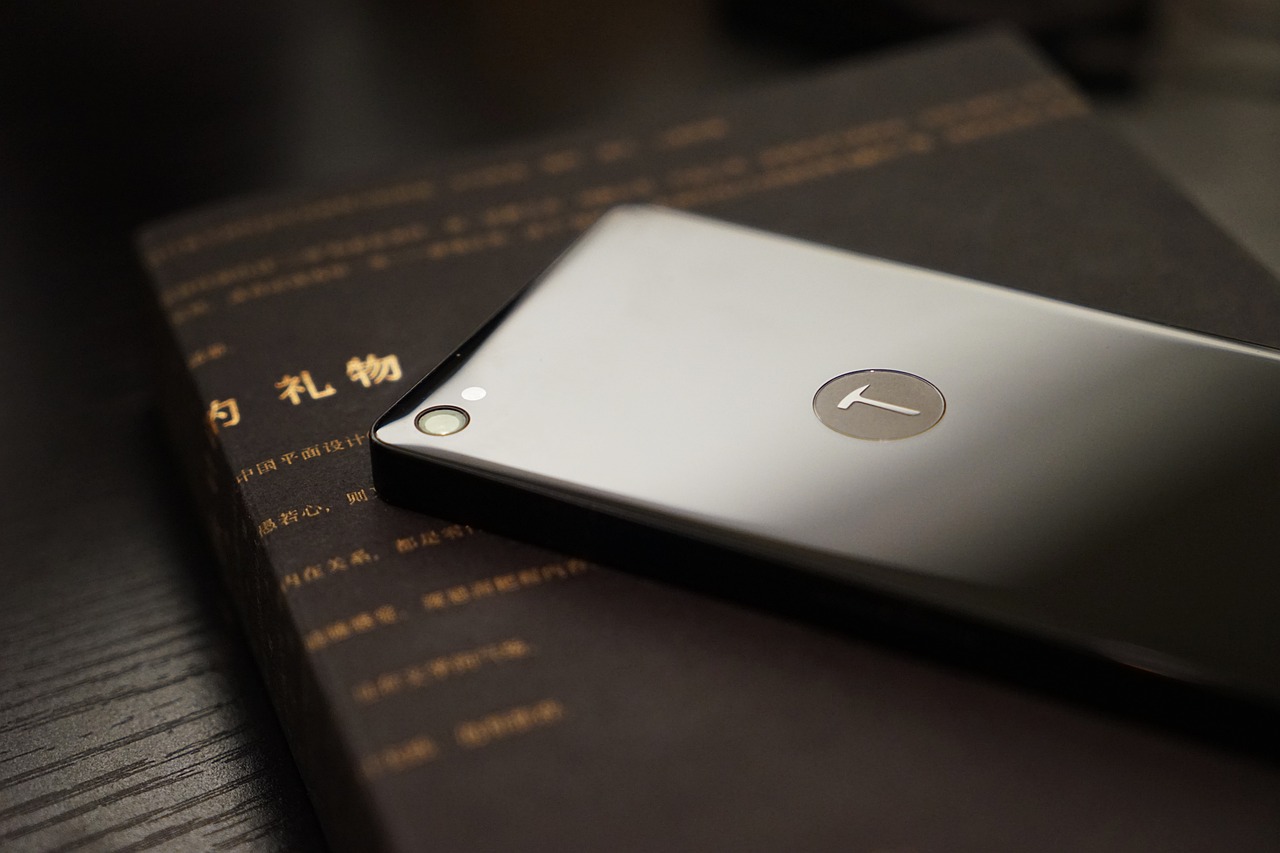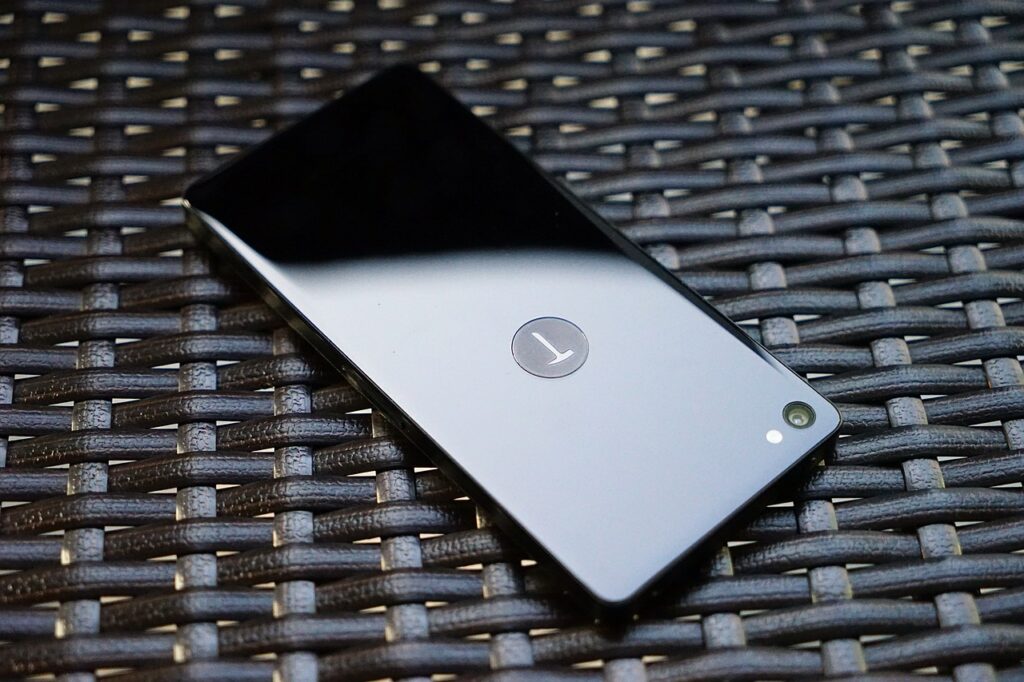A closer look at T-Mobile’s 5G network and what it means for consumers – scech.xyz

The rollout of 5G technology has been the talk of the telecommunications industry in recent years. With its lightning-fast speeds and low latency, 5G promises to revolutionize the way we live and work. T-Mobile is one of the major players in the 5G market, and its 5G network has been making waves among consumers. In this article, we’ll take a closer look at T-Mobile’s 5G network and what it means for consumers.
Coverage and Availability
T-Mobile has been rapidly expanding its 5G network since launching in December 2019. As of 2021, T-Mobile’s 5G network covers over 300 million people in the United States, making it the largest 5G network in the country. However, it’s important to note that not all areas have equal coverage. While T-Mobile’s 5G network is available in many urban and suburban areas, it may not be as readily available in rural or remote locations. It’s always a good idea to check coverage maps to see if 5G is available in your area.
Speeds
One of the main draws of 5G technology is its lightning-fast speeds. T-Mobile’s 5G network promises to be up to 20 times faster than its 4G LTE network. However, the actual speed you’ll experience will depend on several factors, such as network congestion, signal strength, and the device you’re using. In general, T-Mobile’s 5G network offers impressive speeds, but your mileage may vary depending on your location and other factors.
Devices
To take advantage of T-Mobile’s 5G network, you’ll need a compatible device. Fortunately, many new smartphones and other devices are 5G-enabled. T-Mobile offers a variety of 5G-capable devices, including the latest iPhone and Samsung Galaxy models. It’s worth noting that not all 5G devices are created equal, and some may offer better speeds and performance than others.
Plans and Pricing
T-Mobile offers a range of 5G plans to suit different needs and budgets. Its Magenta and Magenta MAX plans offer unlimited 5G data, while its cheaper Essentials plan includes a limited amount of 5G data. It’s important to note that not all plans may include 5G access, so be sure to check the plan details before signing up. T-Mobile’s 5G plans are competitively priced compared to other carriers, making it an attractive option for budget-conscious consumers.
In conclusion, T-Mobile’s 5G network is a game-changer for consumers looking for faster speeds and lower latency. With its widespread coverage, impressive speeds, and competitive pricing, it’s no surprise that T-Mobile’s 5G network has become a popular choice among consumers. However, as with any new technology, it’s important to do your research and understand what you’re signing up for before making the switch to 5G.
Is T-Mobile’s 5G Network Worth the Hype? A Comprehensive Review

The advent of 5G technology has been one of the most significant advancements in the field of telecommunications in recent years. With its promise of faster speeds, lower latency, and increased network capacity, 5G has been touted as a game-changer for mobile networks. In the United States, T-Mobile has been one of the leading providers of 5G service, and its network has been the subject of considerable hype. But is T-Mobile’s 5G network really worth the hype? In this comprehensive review, we’ll take a closer look at the T-Mobile 5G network and evaluate its performance.
What is 5G?
Before we dive into T-Mobile’s 5G network, let’s first take a quick refresher on what 5G actually is. 5G stands for the fifth generation of wireless technology, which is designed to be faster, more reliable, and more efficient than its predecessors. 5G networks operate on higher frequency bands than previous generations, allowing for faster data transfer speeds and lower latency. In addition, 5G technology incorporates a range of new features, including network slicing, edge computing, and massive MIMO (multiple input, multiple output) technology, all of which are designed to improve the performance of the network.
T-Mobile’s 5G Network
T-Mobile’s 5G network is built on a mix of low-band, mid-band, and high-band spectrum, which allows the network to provide a range of different services to its users. The low-band spectrum is used for coverage, providing broad coverage across the United States, while the mid-band spectrum is used for capacity, allowing the network to support a high number of devices simultaneously. The high-band spectrum, also known as millimeter wave (mmWave), is used for ultra-fast speeds and low latency in dense urban areas.
Performance
When it comes to performance, T-Mobile’s 5G network has been receiving positive reviews from both users and experts. In a recent report by Opensignal, T-Mobile’s 5G network was found to have the fastest average 5G download speeds of any carrier in the United States, with an average speed of 87.7 Mbps. T-Mobile also had the fastest 5G upload speeds, with an average speed of 23.3 Mbps. In addition, T-Mobile’s 5G network had the highest availability of any carrier, with users able to connect to 5G 36.7% of the time.
In terms of real-world performance, T-Mobile’s 5G network has been delivering on its promise of faster speeds and lower latency. In tests conducted by PCMag, T-Mobile’s 5G network consistently outperformed the 4G networks of other carriers, with download speeds averaging around 300 Mbps in cities with mid-band coverage. Users have reported being able to stream high-definition video and play online games without experiencing any lag or buffering
Coverage
One of the major challenges facing 5G networks is coverage. Because 5G networks operate on higher frequency bands than previous generations, they have a shorter range and are more easily blocked by obstacles such as buildings and trees. T-Mobile has been working to address this issue by using a mix of low-band, mid-band, and high-band spectrum to provide broad coverage across the United States.
According to T-Mobile, its 5G network now covers more than 300 million people across the United States. The company has also been working to expand its mid-band coverage, which provides faster speeds and lower latency than low-band coverage. T-Mobile recently acquired a significant amount of mid-band spectrum in an auction held by the Federal Communications Commission, which should allow the company to expand its mid-band coverage even further.
The Benefits and Drawbacks of T-Mobile’s 5G Network for Everyday Use
T-Mobile is one of the leading providers of 5G network in the United States. With its widespread coverage and reliable network, the company is quickly becoming a popular choice for people who are looking for a 5G network for everyday use. In this article, we will discuss the benefits and drawbacks of T-Mobile’s 5G network for everyday use.
Benefits of T-Mobile’s 5G Network:
- Fast Data Speeds: T-Mobile’s 5G network offers fast data speeds that can be up to 10 times faster than 4G LTE. This means that you can download and upload files faster, stream high-quality videos without buffering, and enjoy online gaming with minimal lag.
- Widespread Coverage: T-Mobile’s 5G network has a widespread coverage, which means that you can access 5G services in many areas across the United States. The company has invested heavily in expanding its 5G network, which makes it a reliable choice for people who need a consistent and stable 5G network for their daily activities.
- Affordable Plans: T-Mobile offers affordable 5G plans that are suitable for everyday use. The company’s plans are competitively priced, and they offer a good balance between data allowances, cost, and network performance.
- Enhanced User Experience: T-Mobile’s 5G network offers a better user experience compared to 4G LTE. With 5G, you can enjoy smoother video streaming, quicker downloads, and better browsing experiences. This means that you can do more in less time and with greater ease.
- Low Latency: T-Mobile’s 5G network has a lower latency than 4G LTE, which means that you can experience less lag when gaming or streaming. This is important for people who need a reliable network for work or leisure activities.
Drawbacks of T-Mobile’s 5G Network:
- Limited Coverage in Rural Areas: While T-Mobile’s 5G network has a widespread coverage, it may not be available in some rural areas. This can be a drawback for people who live in rural areas and need a reliable 5G network for their daily activities.
- Limited Bandwidth: T-Mobile’s 5G network operates on a limited bandwidth, which means that the network may get congested in some areas. This can result in slower data speeds and a less reliable network.
- Device Compatibility: To use T-Mobile’s 5G network, you need a 5G-enabled device. This means that people with older devices may not be able to access the network. Additionally, not all 5G devices are compatible with T-Mobile’s 5G network, which can limit the options for users.
- Higher Battery Consumption: 5G networks consume more battery power than 4G LTE, which means that your phone may need to be charged more frequently. This can be a drawback for people who rely on their phone for work or other activities.
- Higher Cost: T-Mobile’s 5G plans can be more expensive than its 4G LTE plans, which can be a drawback for people who are looking for an affordable network for their daily activities.
In conclusion, T-Mobile’s 5G network offers many benefits for everyday use, including fast data speeds, widespread coverage, affordable plans, enhanced user experience, and low latency. However, it also has some drawbacks, such as limited coverage in rural areas, limited bandwidth, device compatibility issues, higher battery consumption, and higher cost. Ultimately, the decision to choose T-Mobile’s 5G network for everyday use will depend on your specific needs and budget. It is important to weigh the pros and cons carefully before making a decision.
Navigating T-Mobile’s 5G Network: Tips and Tricks for Maximizing Your Experience
T-Mobile is one of the leading mobile network operators in the United States, offering its users access to a fast and reliable 5G network. However, to make the most of your T-Mobile 5G experience, there are some tips and tricks that you should keep in mind. In this article, we will discuss some ways to navigate T-Mobile’s 5G network and maximize your experience.
1. Check 5G Coverage
The first step in navigating T-Mobile’s 5G network is to check the coverage in your area. T-Mobile offers two types of 5G networks: low-band 5G and mid-band 5G. Low-band 5G offers a broader coverage area but slower speeds than mid-band 5G, which offers faster speeds but has a smaller coverage area. You can check T-Mobile’s coverage map to see which type of 5G is available in your area.
2. Upgrade to a 5G Device
To access T-Mobile’s 5G network, you will need a 5G-capable device. If you have an older device that only supports 4G LTE, you will need to upgrade to a newer device. T-Mobile offers a wide range of 5G devices, including the latest smartphones, tablets, and hotspots. You can check T-Mobile’s website or visit a T-Mobile store to find a 5G device that meets your needs.
3. Enable 5G on Your Device
Once you have a 5G device, you will need to enable 5G on your device. Most 5G devices come with 5G enabled by default, but you should still check your device’s settings to make sure it is enabled. On most devices, you can enable 5G by going to the network settings and selecting the 5G option.
4. Use the T-Mobile App
The T-Mobile app is a useful tool for navigating T-Mobile’s 5G network. The app provides information on your network status, including your signal strength and data usage. You can also use the app to troubleshoot network issues and access customer support.
5. Use 5G-Capable Apps
To make the most of T-Mobile’s 5G network, you should use apps that are optimized for 5G. 5G-capable apps can take advantage of the faster speeds and lower latency of T-Mobile’s 5G network to provide a better user experience. Some examples of 5G-capable apps include video streaming services, online gaming platforms, and augmented reality applications.
6. Take Advantage of T-Mobile’s 5G Benefits
T-Mobile offers several benefits to its 5G customers, including free 5G access and unlimited data on select plans. You should take advantage of these benefits to maximize your 5G experience. You can also participate in T-Mobile’s 5G for Good program, which provides access to 5G technology for non-profit organizations and public schools.
In conclusion, T-Mobile’s 5G network offers a fast and reliable mobile internet experience. By following these tips and tricks, you can navigate T-Mobile’s 5G network and maximize your experience. Remember to check your coverage, upgrade to a 5G device, enable 5G on your device, use the T-Mobile app, use 5G-capable apps, and take advantage of T-Mobile’s 5G benefits.
How T-Mobile’s 5G Network Compares to Other Carriers: A Side-by-Side Comparison
As one of the largest mobile carriers in the United States, T-Mobile has been at the forefront of the 5G revolution. With the introduction of their nationwide 5G network, the company has been working tirelessly to offer faster speeds, increased coverage, and more reliable connections to their customers. But how does T-Mobile’s 5G network compare to other carriers? Let’s take a side-by-side look at T-Mobile’s 5G network and how it stacks up against the competition.
T-Mobile’s 5G Network
T-Mobile’s 5G network uses a combination of low-band, mid-band, and high-band spectrum to deliver its 5G service. The low-band spectrum offers the widest coverage, reaching up to 270 million people across the country, while the mid-band spectrum offers faster speeds and improved capacity in urban areas. T-Mobile’s high-band spectrum, also known as millimeter wave, delivers incredibly fast speeds but has limited coverage.
Compared to other carriers, T-Mobile’s 5G network is known for its extensive coverage. The company has focused on delivering 5G to rural areas and smaller cities, ensuring that even those in remote locations have access to 5G speeds. T-Mobile’s 5G network also offers excellent download and upload speeds, with users experiencing an average download speed of 33.8 Mbps and an average upload speed of 13.2 Mbps.
Verizon’s 5G Network
Verizon’s 5G network uses a combination of millimeter wave and low-band spectrum to deliver its 5G service. The millimeter wave spectrum delivers incredibly fast speeds, with some users experiencing speeds of up to 2 Gbps. However, the coverage is limited, and the signal can be easily blocked by buildings and other obstacles. Verizon’s low-band spectrum, on the other hand, offers wider coverage but slower speeds.
Compared to T-Mobile, Verizon’s 5G network offers faster speeds but is more limited in coverage. The company has focused on delivering 5G to larger cities and urban areas, with limited coverage in rural areas. Verizon’s average download speed is around 50 Mbps, which is faster than T-Mobile’s, but their average upload speed is around 10 Mbps, which is slower.
AT&T’s 5G Network
AT&T’s 5G network uses a combination of low-band and high-band spectrum to deliver its 5G service. Like T-Mobile, AT&T’s low-band spectrum offers wider coverage, while their high-band spectrum delivers faster speeds but limited coverage.
Compared to T-Mobile, AT&T’s 5G network offers similar coverage, but their speeds are slightly slower. AT&T’s average download speed is around 28 Mbps, which is slower than both T-Mobile and Verizon, and their average upload speed is around 9 Mbps, which is also slower.
Conclusion
Overall, T-Mobile’s 5G network offers the widest coverage and excellent download and upload speeds. While Verizon may offer faster speeds, their coverage is limited, and their upload speeds are slower. AT&T offers similar coverage to T-Mobile, but their speeds are slower. Ultimately, the best carrier for 5G will depend on your location and individual needs. However, T-Mobile’s 5G network is an excellent choice for those looking for widespread coverage and reliable speeds.



